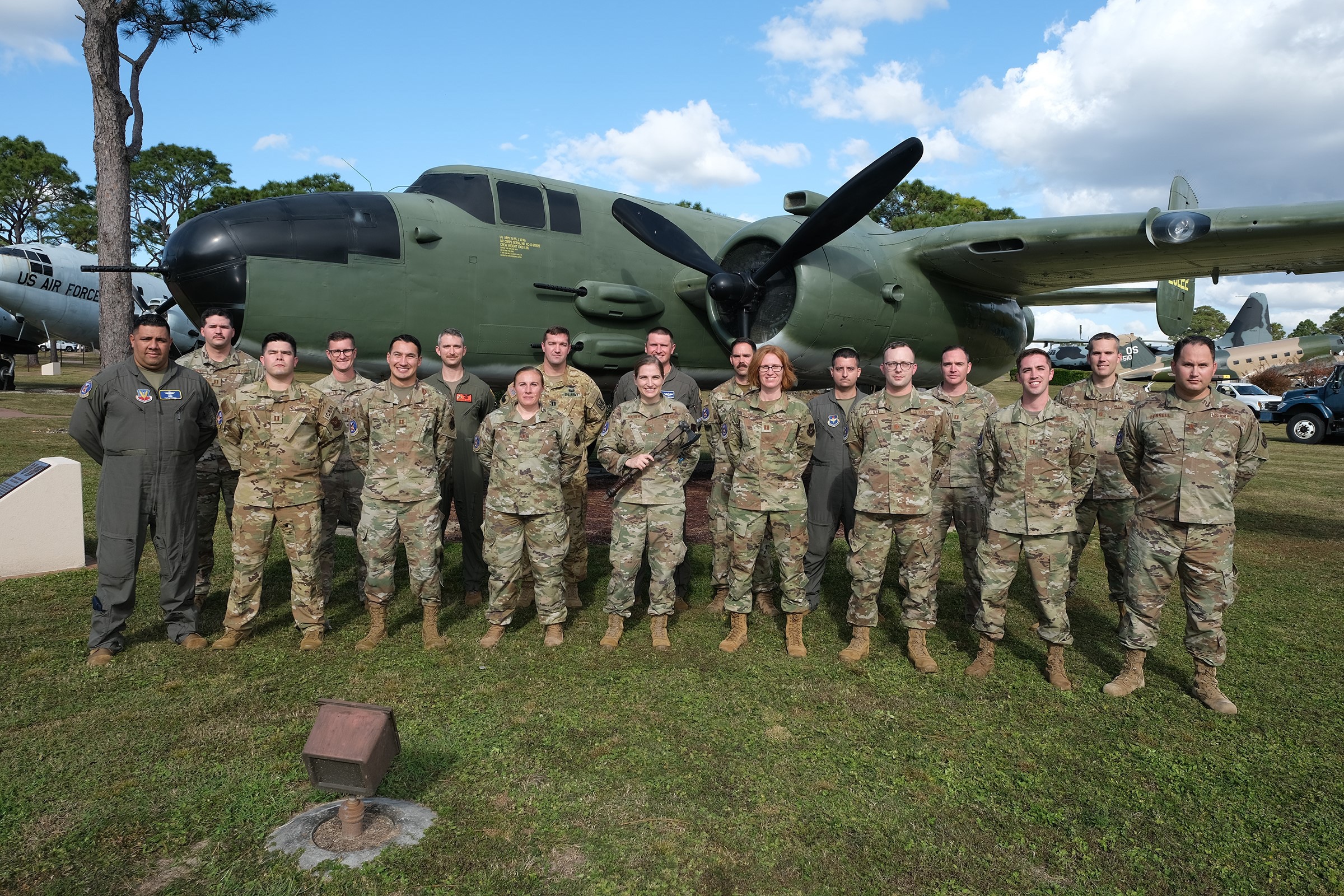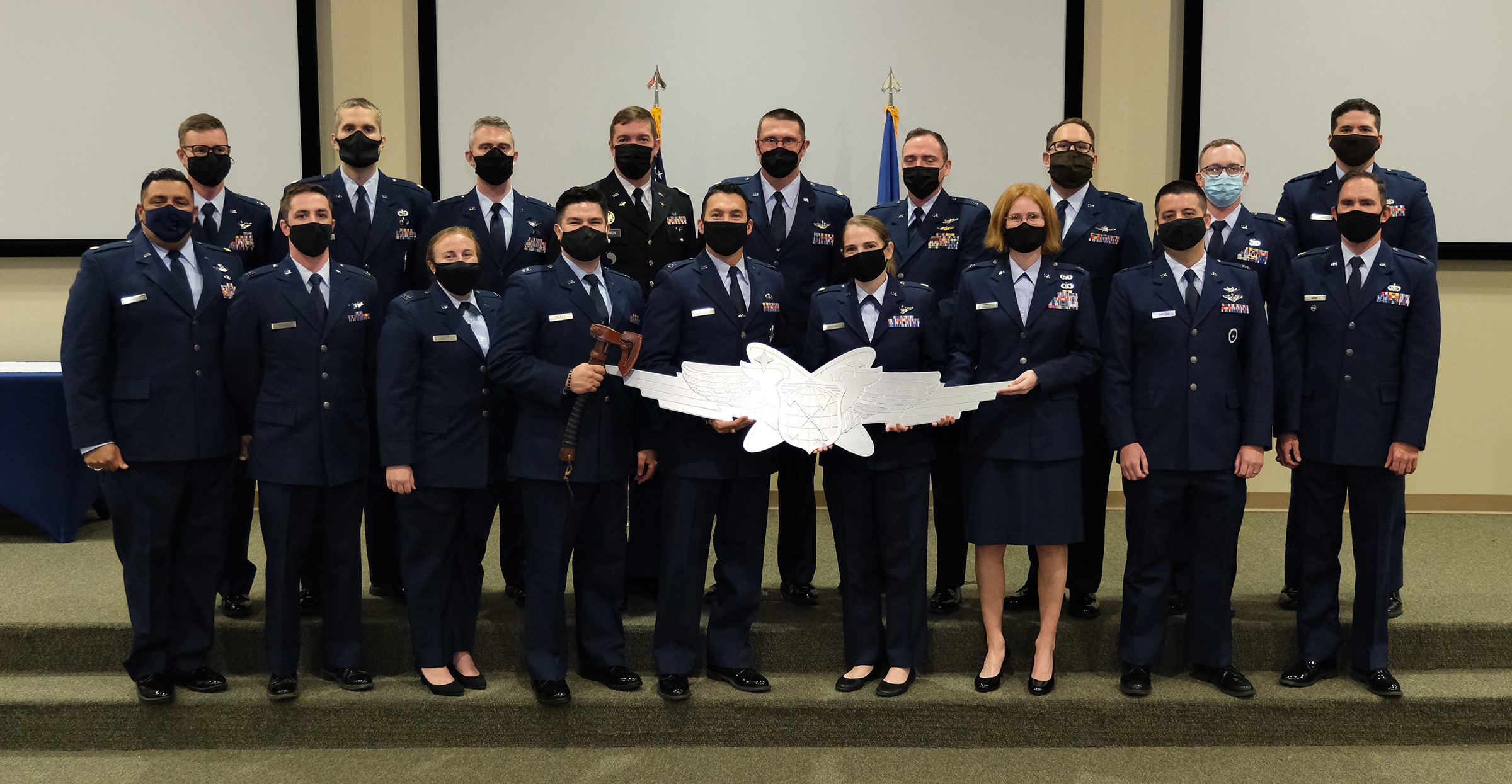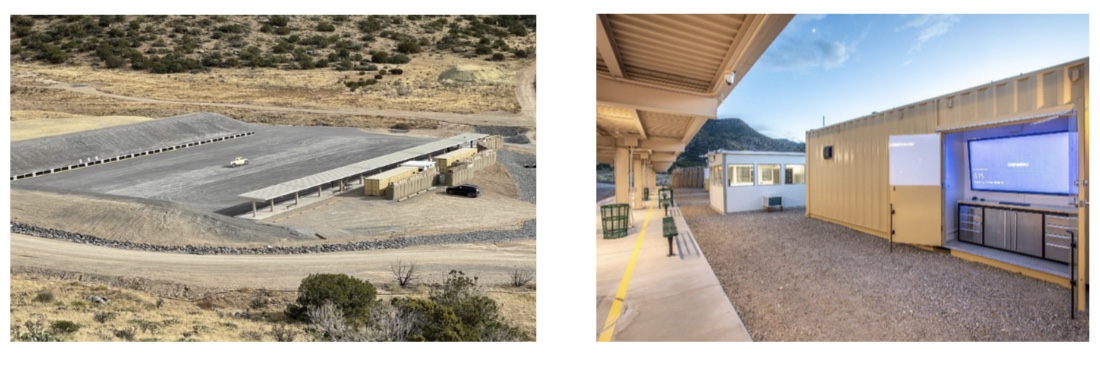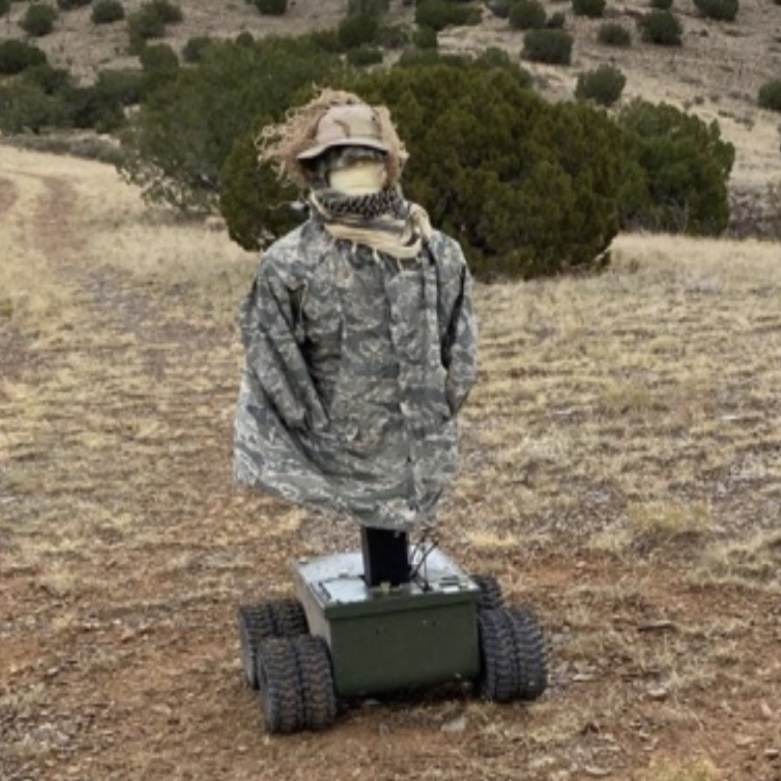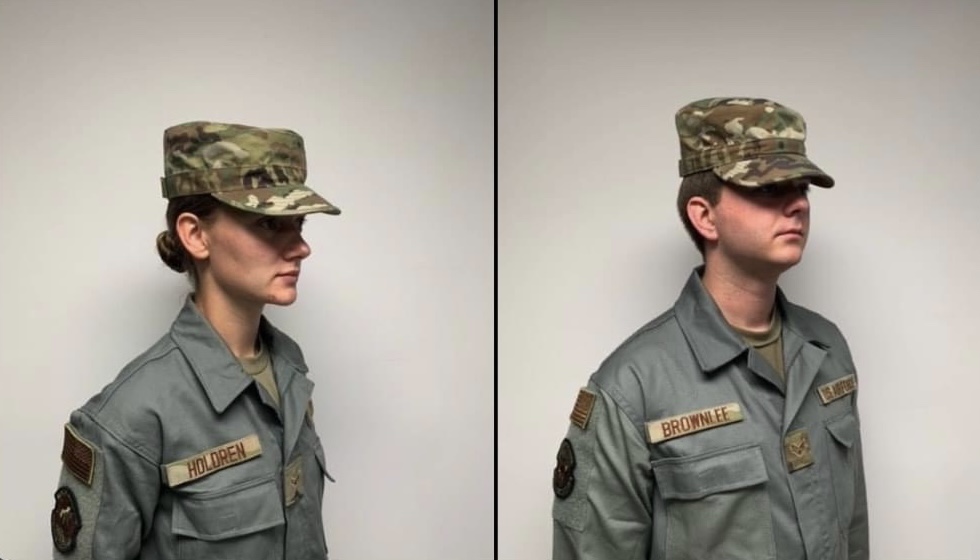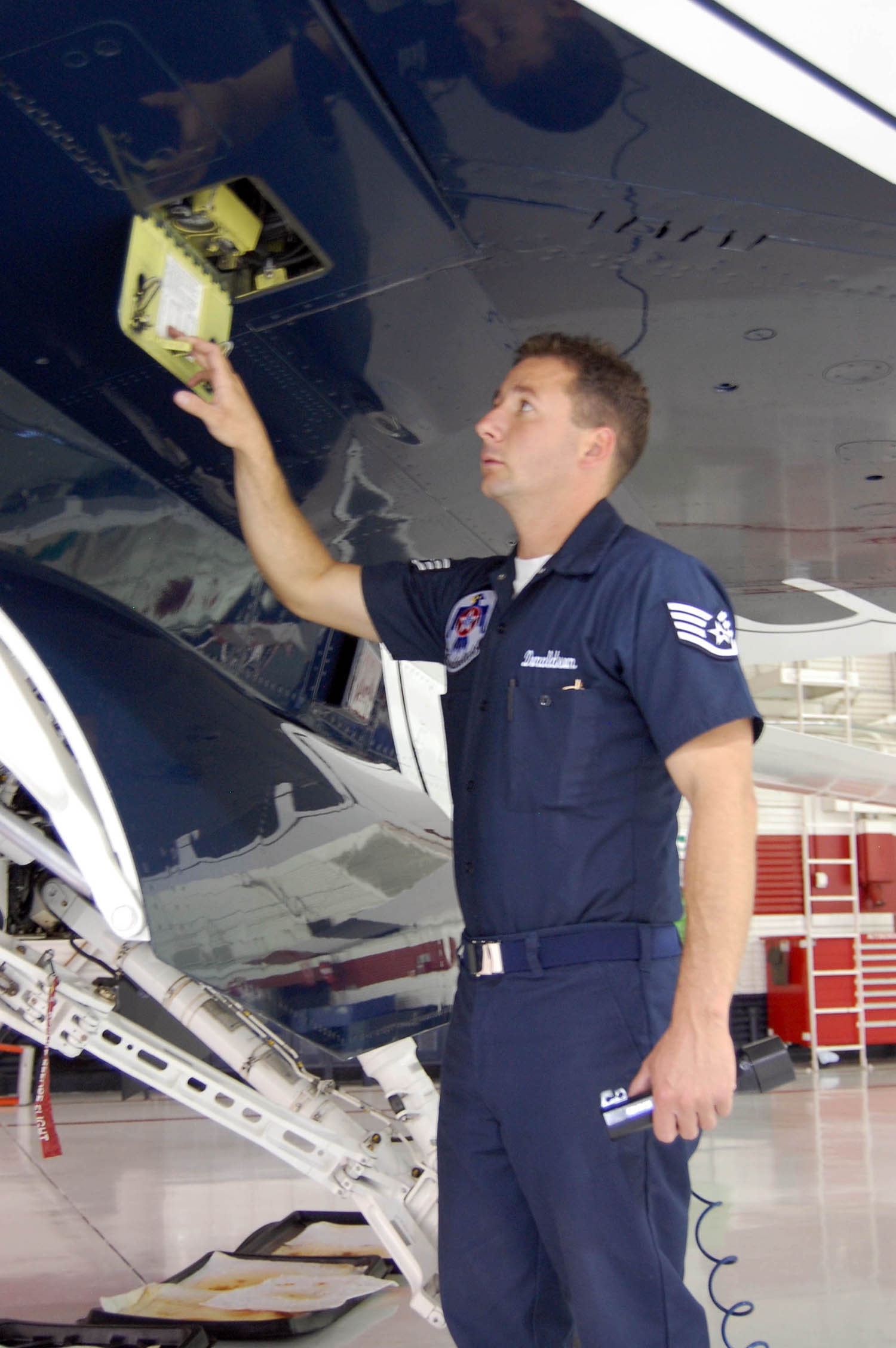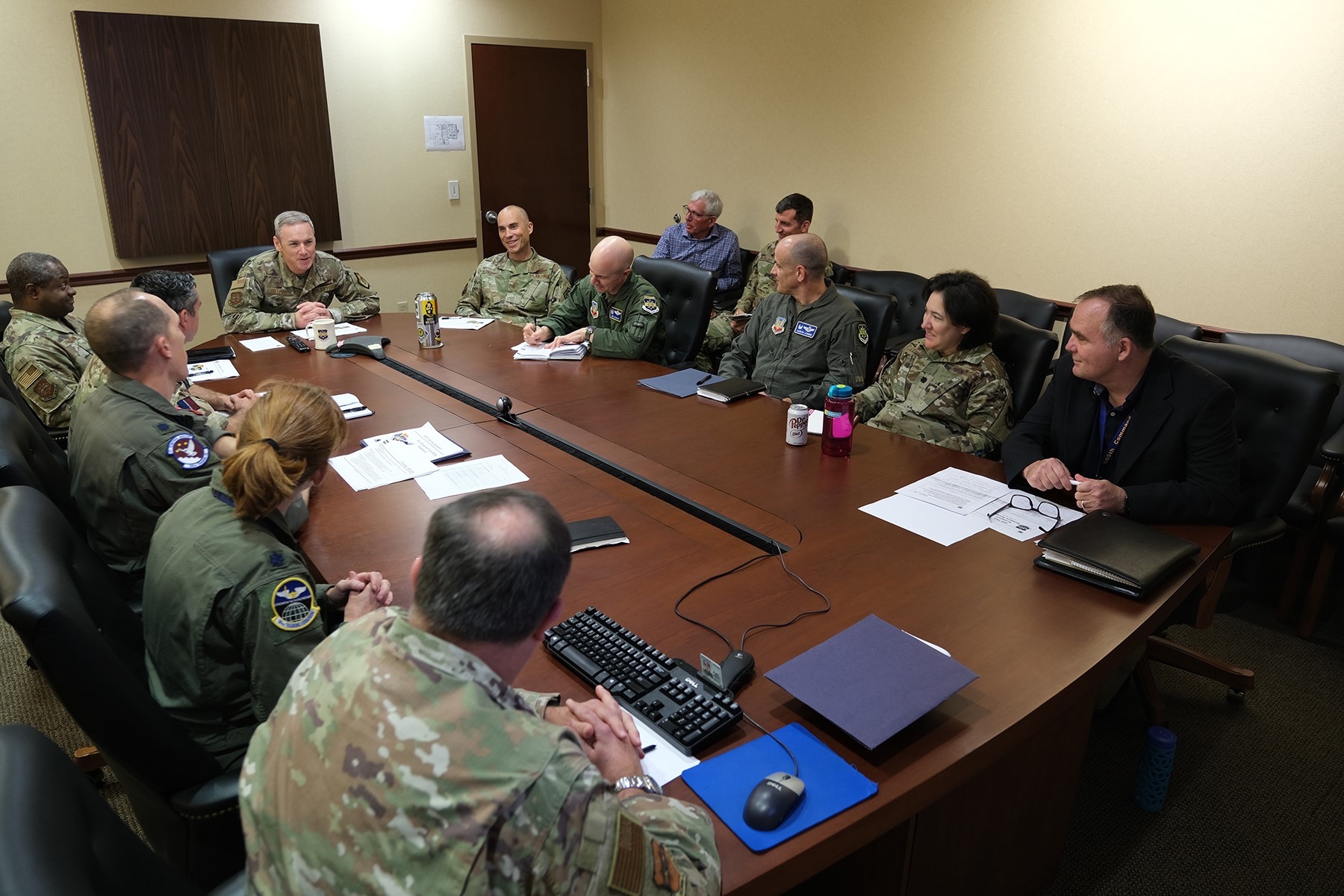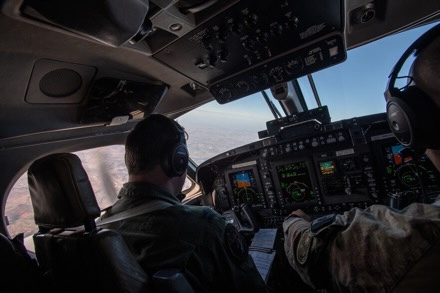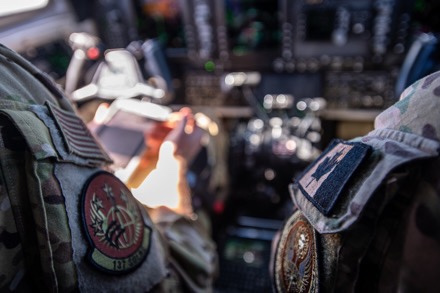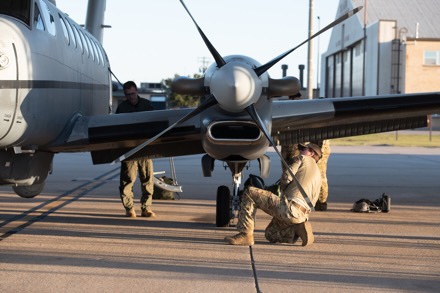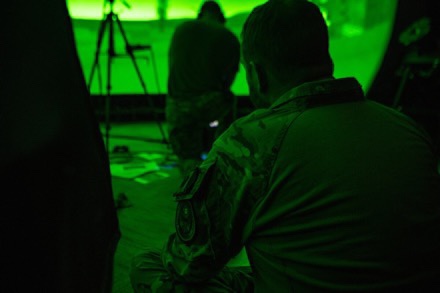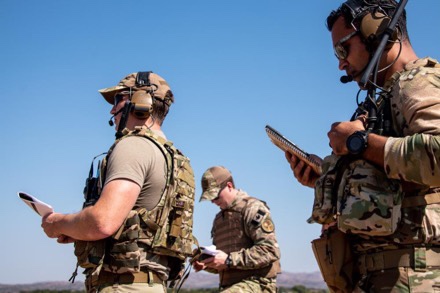
ARLINGTON, Va. (AFNS) —
A panel of nearly 30 subject matter experts from across the Department of the Air Force met Nov. 16, 2021 at the Basic Research Innovation and Collaboration Center in Arlington and via a virtual teleconferencing platform to conduct the Spark Tank 2022 quarterfinals.
“Spark Tank is the department’s take on the television show “Shark Tank” and is designed to recognize the great work our Airmen and Guardians put into overcoming performance obstacles and making our services more capable,” said William Gautier, Spark Tank director. “The goal of the quarterfinals round was to narrow the 184 ideas submitted for ST22 down to the top 15 ideas that will advance to the semifinals,” he said.
Only the top 8% percent of ideas were selected to compete in the semifinals scheduled for Jan. 6, 2022.
On the final day of the quarterfinal round, the panel evaluated 29 ideas nominated by U.S. Air Force major commands and U.S. Space Force field commands, plus four at-large “wildcard” submissions. The wildcards were selected by Guardians and Airmen who cast nearly 17,000 ballots in pairwise voting conducted over the last two weeks of October through the Guardians and Airmen Innovation Network platform.
Using a similar voting system, the panel reviewed and scored all 29 ideas using criteria designed to assess each idea from multiple perspectives: friendly disruption, adversary disruption, inspiration/cultural disruption, and the level of senior leadership needed to execute the idea. The scoring criteria logic takes into account atmospheric perspectives that traditional voting methods don’t consider. Many impressive ideas were submitted that touched on all aspects the criteria addressed.
“The new questions required a different perspective for our panel and prompted fresh dialogue for the ST22 vetting process. We think the results represent incredibly innovative solutions that the department’s senior leadership should hear,” said Maj. Alisha Temples, Spark Tank’s deputy director.
The selection process looked at the need for specific capabilities as well as concerns of safety, policy, department-wide implementation, technical feasibility, and scalability.
The quarterfinalists are listed below. (An asterisk (*) denotes semi-finalists.)
Blood Delivery by Unmanned Aerial Vehicle, Air Combat Command *
Mobile Alternative for Canopy Trailer, Air Combat Command
Developing Airmen with Games, Air Education and Training Command *
PME outLOUD! Audio-Enabled PME, Air Education and Training Command
Agile Spectrum Assignment System, Air Force District of Washington
Go-Comm Kit, Air Force Global Strike Command *
Sustaining the B-52 Ejection System, Air Force Global Strike Command *
Air Force Live Integrated Test Environment, Air Force Materiel Command *
F-22 Project Fighter Optimization Experiment, Air Force Materiel Command *
C-130 Engine Oil Pan Hoist, Air Force Reserve Command
Digital Dent Mapping, Air Force Reserve Command *
Digital Crew Book, Air Force Special Operations Command
Mid-Air Collisions & Electronic Flight Bags, Air Force Special Operations Command
KC-135 Fuel Systems Virtual Tour, Air Mobility Command
“Spotty” Bar – Safer Process, Faster Solution, Air Mobility Command
Any Airmen Can Build Their Own Secure App!, Pacific Air Forces *
Preparing the Warfighter for the Pacing Threat, Pacific Air Forces *
Reliable & Resilient Thule Power, Space Operations Command *
Space Control Interactive Procedures Interface, Space Operations Command
Every Second Counts When Saving Someone’s Life, Space Systems Command
TaskMaster, Space Systems Command
Aerial Tow Rehookup – Novel Range Extension, United States Air Force Academy *
Custom Facemasks for Fighter Pilots and Beyond, United States Air Force Academy *
Oil Cart Trailer, United States Air Forces in Europe – Air Forces Africa
Project Arcwater – Water and Power from Thin Air, United States Air Forces in Europe – Air Forces Africa *
Project Hermes – Air Force Digital Recall Roster, Air Education Training Command, Wild Card *
Modern Logistics System for Air Force, Pacific Air Forces, Wild Card *
The United States Army Futures Command also hosts an innovation competition named “Dragon’s Lair” and is conducted in Shark Tank-like episodes. Together, these innovation showcases provide platforms for Department of Defense Total Force military and civilian personnel to show off their creativity and ideas to better prepare for ‘tomorrow’s fight.’
To date, Spark Tank, started in 2018, has produced about 70 ideas that DAF transformation teams investigate and evaluate for implementation and sustainment going forward. While not all ideas are implemented, about a dozen have been and Spark Tank continues to empower Airmen and Guardians to turn on the creativity switch to effect change. Spark Tank 2022 will be hosted on March 4, 2022 by the Air Force Association at the 2022 Air Warfare Symposium in Orlando, Florida. Registration is planned to open in December.


